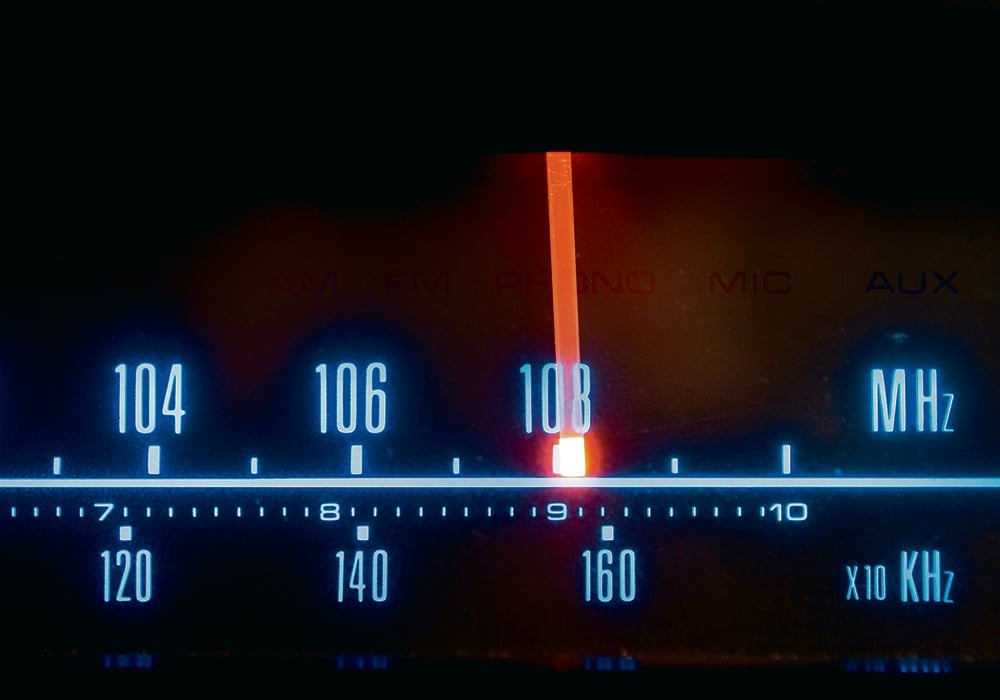Move away from AM radio alarms U.S. farm broadcasters

Glacier FarmMedia – American farm broadcasters are enlisting help in their battle to keep AM radios in electric vehicles.
Read Also

Rising U.S.-Chinese tensions raise concerns about trade
The trade relationship between China and the United States is deteriorating and poses a threat for U.S. farmers, say analysts.
Carah Hart, president of the National Association of Farm Broadcasting (NAFB), recently asked the nation’s corn, soybean, wheat and sorghum growers to support the AM in Every Vehicles Act.
Why it matters: AM radio is still the primary source of farm news and information for many farmers in the U.S.
“If we lose AM radio, the farmers and ranchers like you across this country would lose access to free and valuable information and our industry would lose many talented individuals,” she told growers attending the 2024 Commodity Classic conference.
Many electric vehicle (EV) manufacturers have eliminated AM radio from their cars and trucks due to electromagnetic interference causing static and limited coverage on AM channels.
It started with Ford and spread to Audi, BMW, Porsche, Tesla, Volvo and Volkswagen. Ford has since backtracked on its decision.
That is troubling for farm broadcasters because the U.S. Environmental Protection Agency recently proposed tailpipe emissions limits designed to have two-thirds of new cars and light-duty trucks be electric by 2032, up from 7.6 per cent in 2023.
Hart said there are 4,470 licensed AM stations in the United States and more than 1,500 of those provide agricultural programming. It is the primary source of daily agricultural news for many farmers.
“We know many of you like to listen to the reports in the cab of farm equipment, on your phone or even in your pickup,” she said.
It is also a safety issue because AM radio is the backbone of the Emergency Alert System, which informs Americans of impending danger and directs people to safety.
AM radio also offers a sense of connection for many Americans in rural areas who struggle with poor or non-existent cellular or Wi-Fi coverage, said Hart.
NAFB is worried that if AM radio goes, FM will follow.
Legislation has been introduced in Congress to preserve AM radio in all future vehicles, with a bipartisan group of lawmakers signing on as cosponsors of the bill.
The legislation has not yet made it out of committee. The hope is that it will eventually become part of a bigger piece of legislation, such as the 2024 farm bill.
However, Hart noted that little gets done in an election year in Washington, so the legislation might have to be addressed in future years.
NAFB recently received a show of support from the American Farm Bureau Federation, which adopted a policy at its annual convention supporting the continued inclusion of AM radios in vehicles.
Hart hopes the National Corn Growers Association, the American Soybean Association, the National Association of Wheat Growers and the National Sorghum Producers follow suit.
“Farm broadcasting has been around for more than 80 years,” she said in her speech to the convention.
“Today, I’m here to ask for that continued support from our friends in agriculture so that farm broadcasting can be here another 80 years.”
Source: Farmtario.com

